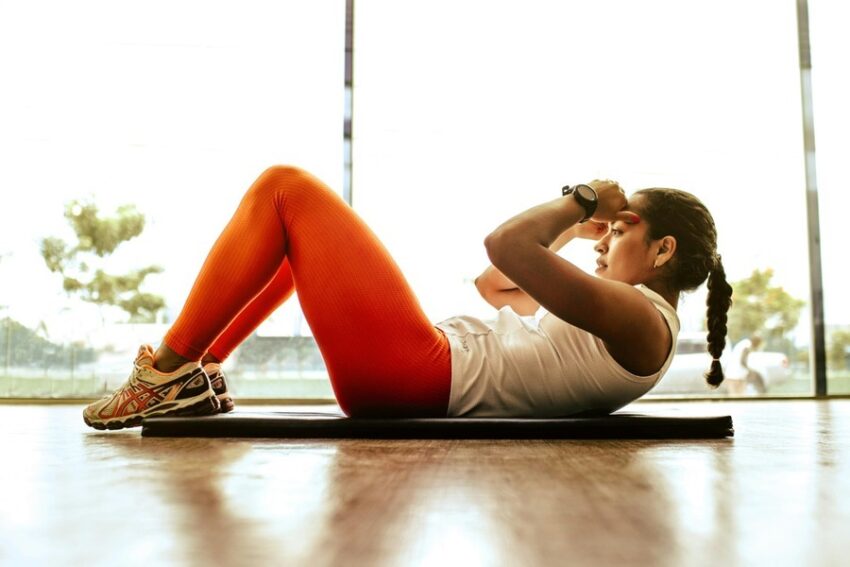Get strong from your center inner being and start better core health.
Why I Began Pelvic Floor Exercises (And Why You Should Too)
It all started with a tiny leak while sneezing. Initially, I shrugged it off: maybe it was one of those “normal” things post child bearing. However, as weeks passed, I came to realize that something needed to be done. That was the moment I found out about pelvic floor exercises. These seemingly simple movements changed how I lived physically and emotionally from having better bladder control to improving my core strength, the benefits were clear.
Most women don’t even know they have a pelvic floor until something starts feeling awry. But just like we train our abs or arms, our pelvic floor muscles need attention too. Believe me, your future self will really thank you for this.
What Are Pelvic Floor Exercises?
Pelvic floor exercises (also commonly referred to as Kegels) Helps you to tighten and relax the muscle group that supports the bladder, uterus, and rectum these are the “hammock” muscles. They are extremely important to help control bladder for good management, provide support to the spine, and improve intimacy.
Possible Doing these exercises often can help you.
- Improve bladder and bowl control
- Decrease prolapse risk
- Increase core stability
- Support recovery after birth
- Improve sexual health
The good news is you can do them anywhere and at any time while brushing your teeth, Binge watching Netflix, or on your commute.
The Right Way to Do It (Yes, There’s a Technique!)
Let’s get one thing straight: squeezing your abs or thighs isn’t the same as activating your pelvic floor. Here’s a quick how to:
- Identifying the muscle: Next time you are going to the bathroom, try stopping your flow midstream; those are the pelvic floor muscles (but please do not make it a habit, it’s just intended for learning).
- Engage: Imagine you are attempting to raise a marble with your vagina. Loosen your grip and slowly contract and raise the muscles inside and up.
- Hold: the position for 3 to 5 seconds and then let go slowly. That is one rep.
- Do this 10-15 times and 3 times a day.
Be consistent. Above all, pay attention to your body. If you feel pain and discomfort, get in touch with a women’s health physiotherapist to help you.
Other than Exercise: Nourishing Your Pelvic Health
The strength of your pelvis comes not only from movement. Strength also comes from nourishment. In fact, pairing pelvic floor exercises with a best diet plan for weight loss can make your combined effort even better. Excess weight, particularly obesity and abdominal obesity, will stress your pelvic floor. Just losing a couple of kilos may make a considerable difference to the quality of your muscle functioning and overall energy.
Here’s what helps:
- Eating foods with a lot of fibre will stop you from getting constipated which is a big reason why your pelvis hurts.
- Protein is important for muscle recovery
- Hydration is key to keep your tissues healthy
- Probiotics can support a healthy balance in your digestive system.
The point is this: Don’t wait for a “problem” to start
You do not have to be a new mother or going through midlife to get started with this practice. If you are 25 or 55, now is the right time to add pelvic floor exercises to your routine to avoid bigger problems later on. They are subtle, powerful, and free like true self-care.
It’s never just about lifting weights, or counting calories. Quite often, the most powerful strength training starts deep down at the origin of the movement. It is invisible to the eye, but you will feel it the most.
So go on, take your core the care it needs. Now it is your responsibility after your body takes care of you.

